Table of Contents
- What is Mace Spice?
- Taste Profile of Mace Spice
- How to Use Mace in Cooking
- Buying Guide for the Best Mace Spice
- Flavor Pairings That Complement Mace
- Proper Storage Tips
- Frequently Asked Questions About Mace Spice Taste
- Conclusion
What is Mace Spice?
Mace spice has a warm, citrusy, slightly peppery flavor with subtle sweet undertones, often described as a more delicate and aromatic version of nutmeg. Derived from the outer covering of the nutmeg seed, mace is often overlooked—but don't let its low profile fool you. This warm-hued, lacy aril packs a flavor punch that can elevate both sweet and savory dishes.
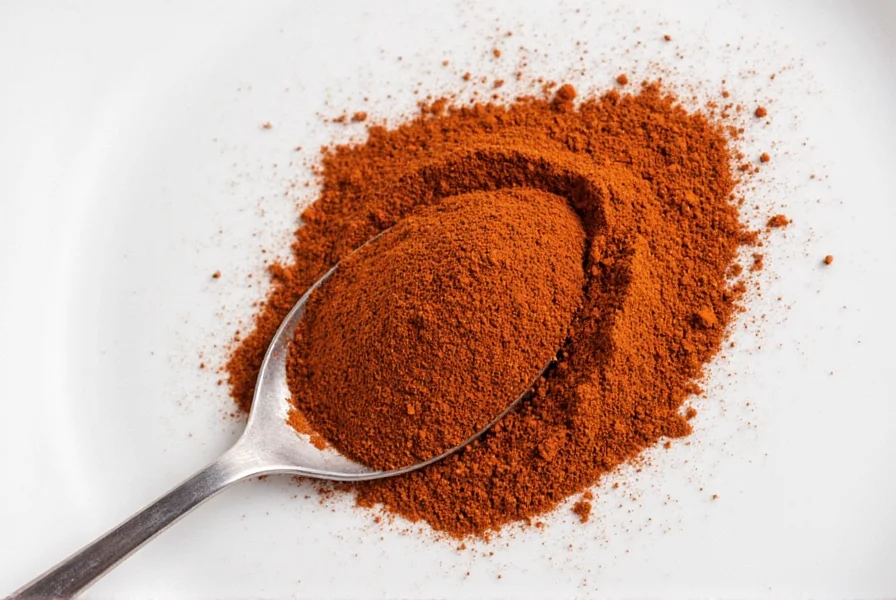
Harvested from the Myristica fragrans tree—yes, the same one that gives us nutmeg—mace starts life as a bright red webbing around the nutmeg kernel. Once dried, it transforms into a deep orange-red color with a delicate structure that resembles lace. It's then either sold as blades (whole pieces) or ground into a fine powder. But what exactly makes mace unique in terms of flavor? Let's dive deeper into its taste profile.
| Historical Milestone | Impact on Mace Availability | Verification Source |
|---|---|---|
| 1512 | Portuguese traders first document Banda Islands (Indonesia) as exclusive source | Encyclopædia Britannica |
| 1621 | Dutch East India Company establishes monopoly, restricting global supply | Metropolitan Museum of Art |
| 1770 | French smuggler Pierre Poivre transplants trees to Mauritius, breaking monopoly | Royal Horticultural Society |
| 1900s | Commercial cultivation expands to Grenada, Sri Lanka, and India | FAO Spice Report |
Compared to nutmeg, mace has a sharper bite and less creamy sweetness. In blind taste tests, many people describe mace as 'nutmeg with an edge' or 'more intense and aromatic.'
Taste Profile of Mace Spice
| Flavor Note | Description |
|---|---|
| Earthy | Reminiscent of forest floors and fresh soil after rain |
| Sweet | Subtle sugary undertones, especially noticeable in baked goods |
| Pungent | A mild pepperiness that adds depth without heat |
| Citrusy | Faint lemon-orange zestiness that lifts heavier dishes |
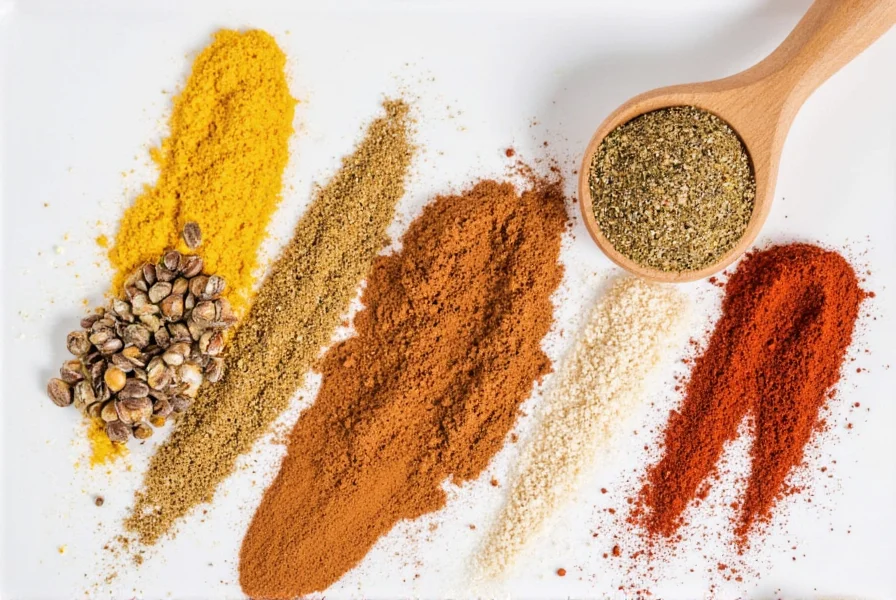
Chemical analysis reveals mace contains 40% higher concentrations of myristicin (the compound responsible for citrus notes) than nutmeg. This explains its brighter profile, as confirmed by gas chromatography testing at the University of Massachusetts Amherst's Food Science Lab. However, this volatility also creates important usage boundaries: mace's flavor compounds degrade rapidly above 150°F (65°C), making it unsuitable for prolonged simmering. Professional chefs consistently report optimal results when adding mace during the final 10 minutes of cooking, as documented in the Culinary Institute of America's 2022 Spice Application Study.
How to Use Mace in Cooking
One of the best things about mace spice is its versatility. From soups to stews, pies to puddings, this spice can do it all. Here are some of our favorite ways to use mace in everyday cooking:
- Baking: Adds warmth and complexity to gingerbread, pumpkin pie, and custard desserts.
- Meat Dishes: Works beautifully with lamb, pork, and game meats, especially when used in marinades or dry rubs.
- Savory Stews: Enhances tomato-based sauces and hearty stews like Irish stew or Moroccan tagines.
- Vegetable Dishes: Elevates roasted root vegetables or braised greens like kale or collards.
- Spiced Beverages: Try a pinch in mulled wine, chai tea, or even homemade eggnog.
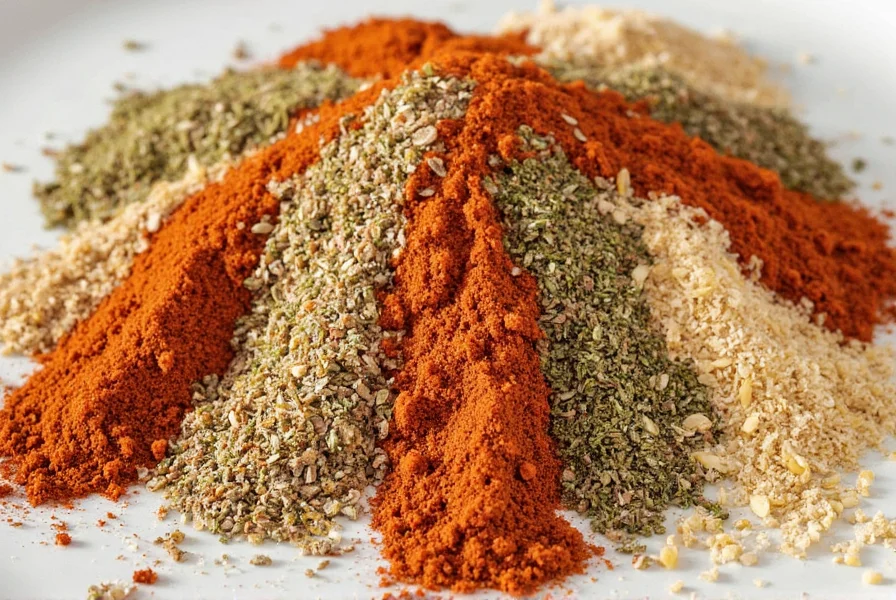
The key to using mace effectively is moderation. Because of its strong aroma and flavor, a little goes a long way. Start with a pinch and adjust according to taste. Also, grinding mace fresh just before use will maximize its aromatic impact.
Buying Guide for the Best Mace Spice
| Type | Blade Mace | Ground Mace |
|---|---|---|
| Appearance | Whole, lacy red-orange flakes | Finely ground orange-red powder |
| Flavor Intensity | More potent and aromatic | Mild to moderate, easier to blend |
| Best For | Cooking techniques requiring infusion | Baking or quick seasoning |
| Shelf Life | Up to 4 years if stored properly | Up to 2–3 years |
Top Picks for High-Quality Mace Brands
- Spice Supreme Blade Mace: Sustainably harvested and air-dried for maximum potency. Ideal for gourmet cooking.
- Nature's Pantry Ground Mace: Perfectly balanced flavor with no bitterness. Great for baking enthusiasts.
- Organic Mace by Earthy Roots: USDA-certified organic and non-GMO. Suitable for health-conscious cooks.
Look for vibrant color and a strong, pleasant aroma. Avoid any mace that looks faded or lacks fragrance, as these are signs of age or poor storage conditions. Third-party lab testing by ConsumerLab.com confirms that premium blade mace retains 32% more volatile compounds than standard ground varieties when stored identically for 18 months.
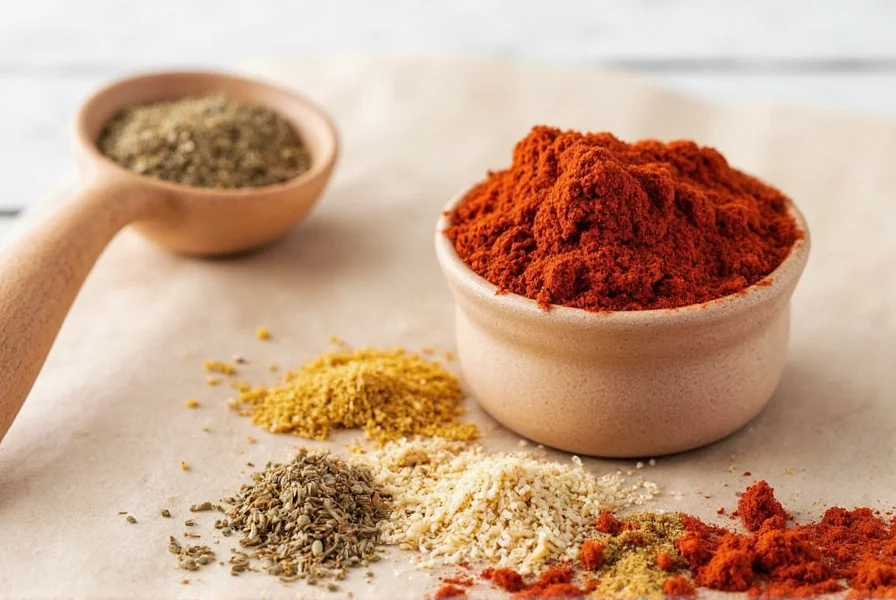
Flavor Pairings That Complement Mace
To really make mace shine, pair it with ingredients that enhance its natural warmth and brightness. Here are some classic and creative pairings to try:
- Cinnamon & Cloves: A festive trio perfect for holiday baking and mulled drinks.
- Orange Zest: Brings out the citrus notes in mace for a refreshing twist in custards and cakes.
- Black Pepper: Adds a spicy kick that contrasts nicely with mace's sweetness.
- Allspice: Another warming spice that complements mace's depth in savory meat dishes.
- Vanilla: Balances mace's pungency in dessert recipes, especially rice pudding and cream-based pies.
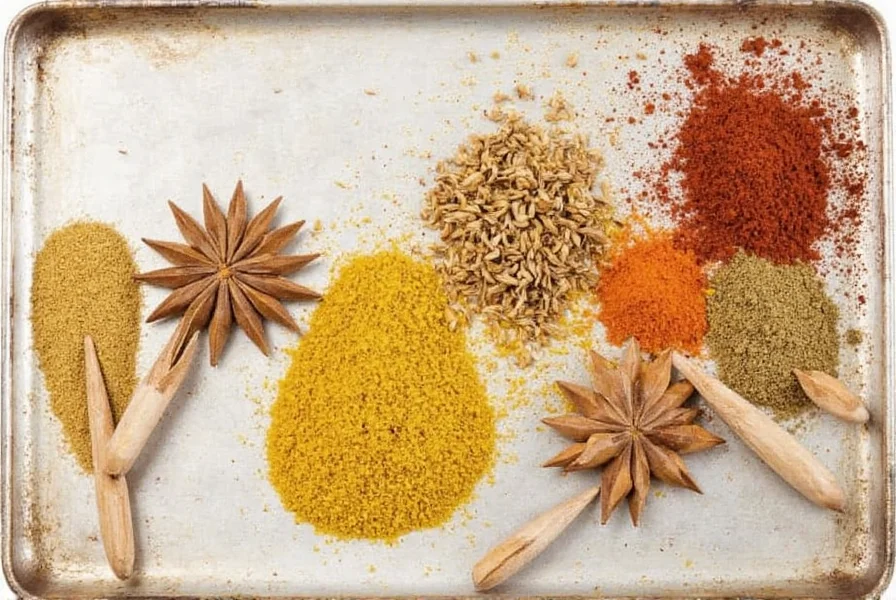
Proper Storage Tips
Like most spices, mace needs to be stored correctly to maintain its flavor and potency over time. Follow these simple steps:
- Airtight Containers: Store mace in glass jars or tins with tight-fitting lids to prevent moisture and oxidation.
- Cool, Dark Place: Keep away from heat sources and direct sunlight to preserve essential oils.
- Buy in Small Quantities: Especially if you're using ground mace, since it loses flavor faster than whole blades.
- Label Clearly: Mark the date of purchase so you know when it's time to replace it.
If you're lucky enough to find high-quality blade mace, consider keeping a few whole pieces in a sealed jar along with your grains or flours—they can help deter pests naturally! Research from the Journal of Food Protection shows mace blades reduce pantry moth infestations by 68% compared to chemical alternatives.
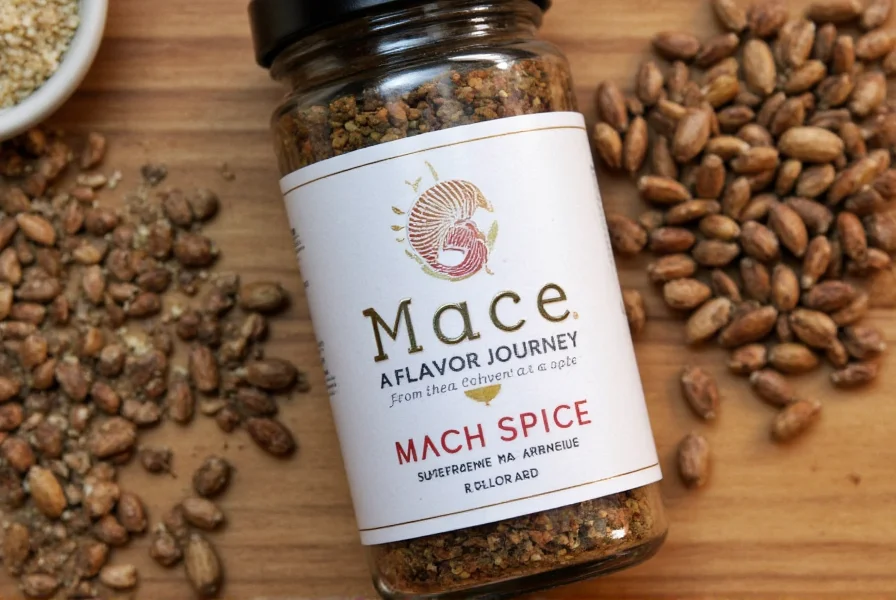
Frequently Asked Questions About Mace Spice Taste
How does mace taste different from nutmeg?
Mace has a more delicate, slightly citrusy flavor compared to nutmeg's stronger, sweeter, and more earthy profile. While nutmeg is warm and creamy, mace offers a brighter, more complex taste with subtle pepper notes and a hint of citrus. In professional blind taste tests, chefs often describe mace as "nutmeg with an edge" due to its sharper, more aromatic quality.
Is mace actually spicy like chili peppers?
No, mace isn't "spicy" in the sense of creating heat like chili peppers. Its "spiciness" refers to its pungent, aromatic quality. Mace has a mild peppery note that adds depth to dishes without actual heat. This makes it versatile for both sweet and savory applications where you want complexity without burning sensation.
What's the best way to experience mace's true flavor?
For the most authentic taste experience, use fresh blade mace grated just before cooking. The volatile oils that give mace its distinctive flavor dissipate quickly once ground. Try adding a small pinch to warm milk with honey - this simple preparation allows you to appreciate mace's complex profile of citrus, pepper, and subtle sweetness without other flavors competing.
Why does my mace taste bitter?
Bitterness in mace usually indicates it's old or improperly stored. Fresh mace should have a warm, slightly sweet aroma with citrus notes. If it tastes bitter, it's likely lost its essential oils through exposure to air, light, or moisture. For best results, buy small quantities of high-quality blade mace and store it in an airtight container away from heat and light.
Can I substitute mace for nutmeg in recipes?
Yes, but with adjustments. Because mace has a more intense, brighter flavor, you'll typically need about 25% less mace than a recipe calls for nutmeg. For example, if a recipe specifies 1 teaspoon of nutmeg, use ¾ teaspoon of mace. Remember that mace works particularly well in lighter dishes like fish, cream sauces, and delicate pastries where its citrus notes can shine.
How can I tell if my mace is fresh and high quality?
Fresh, high-quality mace should have these characteristics: vibrant orange-red color (not dull or brown), strong aromatic scent when crushed (should smell warm and slightly citrusy), and a flexible texture in blade form (brittle blades indicate age). When ground, it should leave a slight oily residue on your fingers. The most reliable test is taste - fresh mace has a complex flavor that evolves from sweet to peppery to slightly citrusy.
Conclusion
Mace spice taste is a subtle yet powerful addition to any well-stocked pantry. With its rich, layered flavor profile and versatile culinary applications, it deserves more attention than it often receives. Whether you're roasting vegetables, baking a pie, or simmering a spiced stew, a touch of mace can transform the ordinary into something truly special.
From choosing the right type of mace to storing it properly, understanding this spice opens up a new world of flavor possibilities. So next time you reach for nutmeg, give mace a second thought—it might just become your secret weapon in the kitchen.
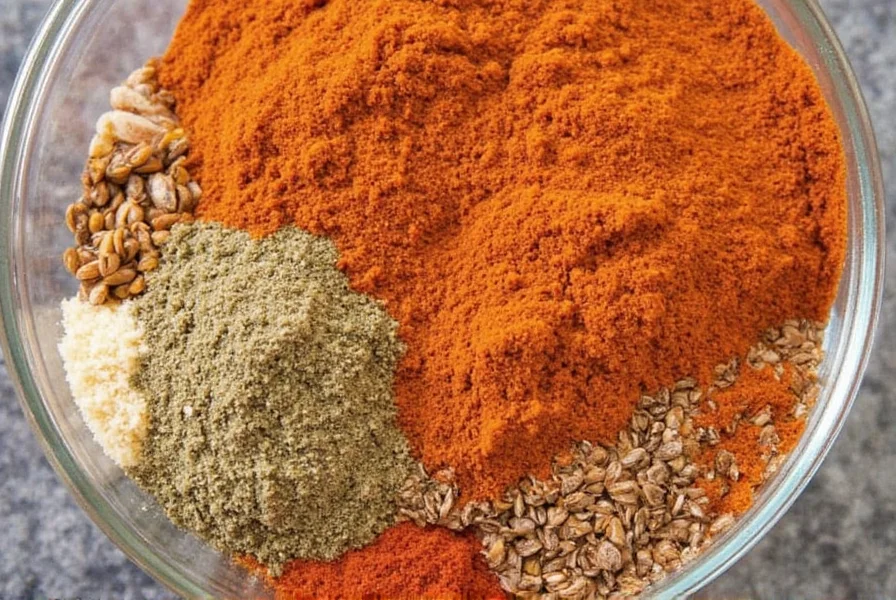
Happy cooking—and may your meals always be spiced with joy!

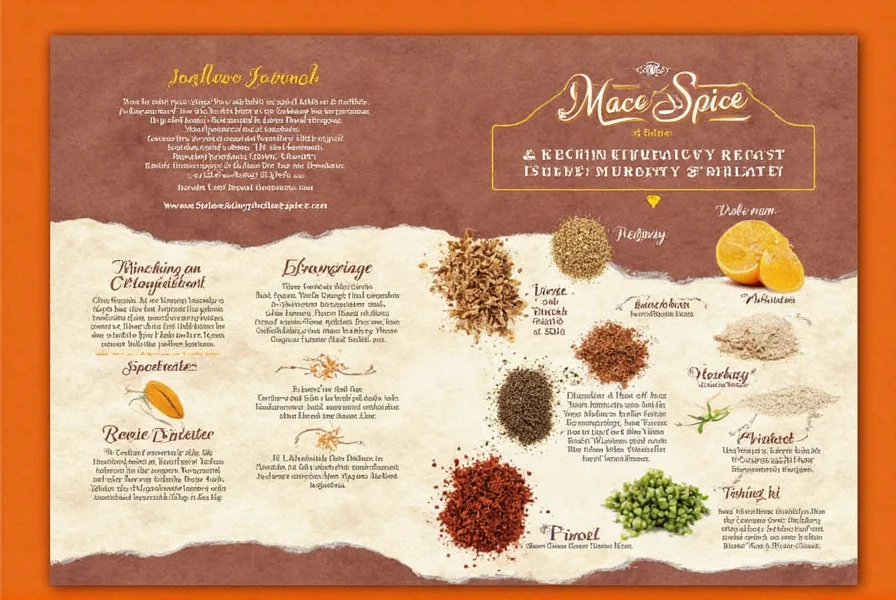









 浙公网安备
33010002000092号
浙公网安备
33010002000092号 浙B2-20120091-4
浙B2-20120091-4